Teaching Palestine
Palestine has long been one of the great silences in the official curriculum. Teaching Palestine: Lessons, Stories, Voices provides educators with powerful tools to uncover the history and current context […]

Palestine has long been one of the great silences in the official curriculum. Teaching Palestine: Lessons, Stories, Voices provides educators with powerful tools to uncover the history and current context […]

Transgender Justice in Schools provides inspirational stories from trans students and educators and resources for teachers, students, and parents seeking to build communities where everyone flourishes. This book will educate, […]
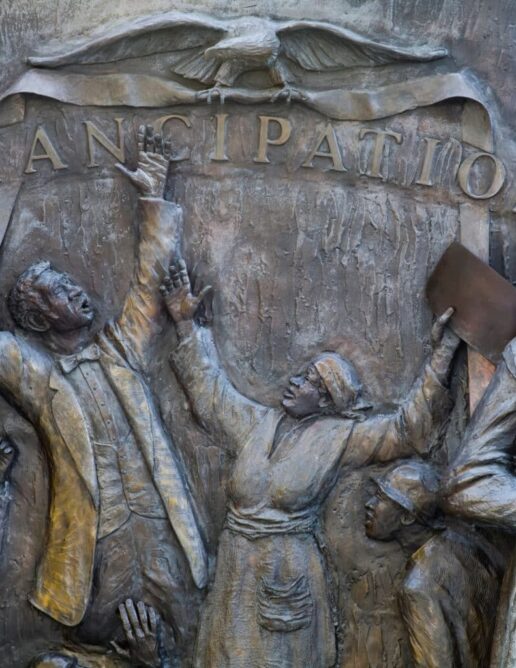
Juneteenth — June 19th — also known as Emancipation Day — is one of the commemorations of Black people seizing their freedom in the United States. Below is a list of resources […]
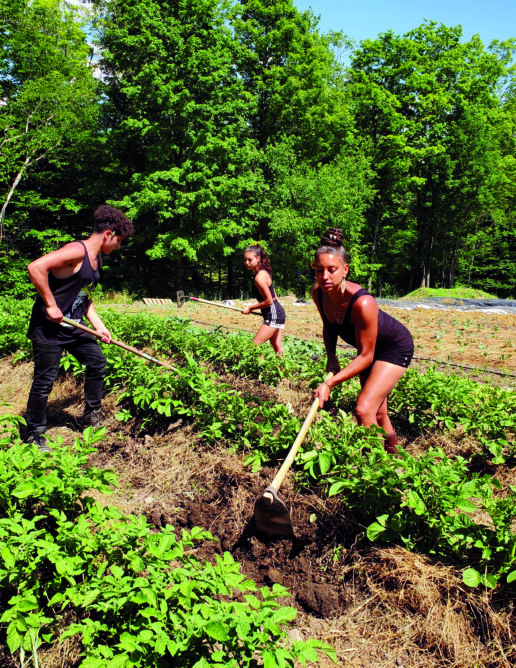
Swinehart highlights the work of Leah Penniman to teach about the connection between food and racial justice.
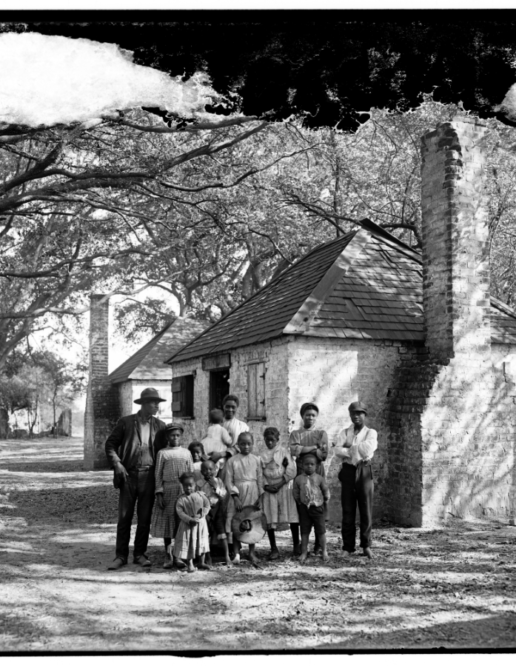
A high school social studies teacher describes a lesson that uses improvisations, historical fiction, and found poems to help students appreciate the first era of Black power: Reconstruction.
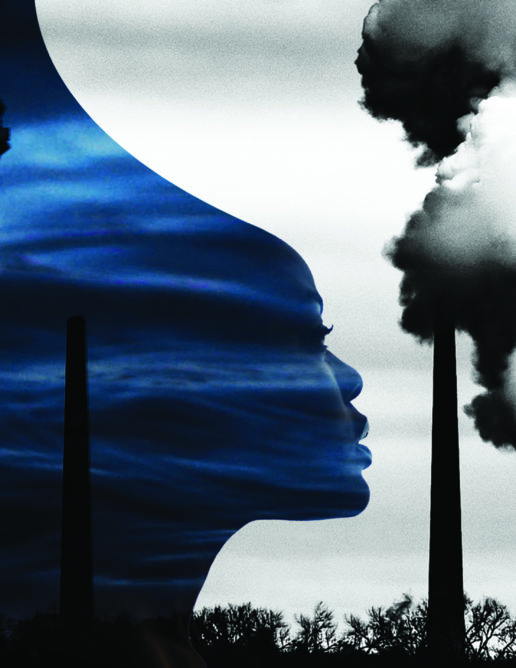
I recently stumbled across a podcast that made a wonderful addition to my students’ study of the climate crisis — As She Rises.
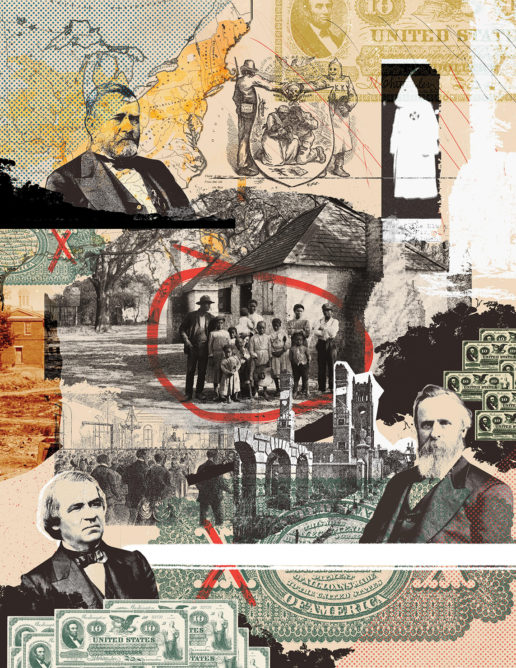
Sanchez describes a role play about the demise of Reconstruction that helps students get beyond the question “Was Reconstruction a success or failure?”
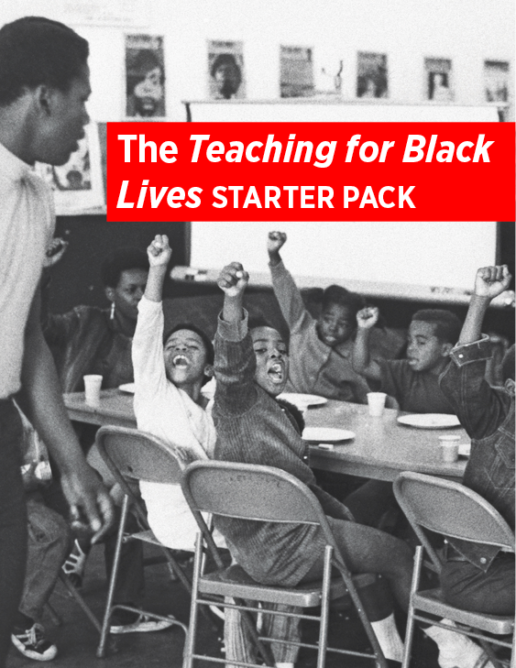
Get the free Teaching for Black Lives Starter Pack when you sign up today for email updates from Rethinking Schools.
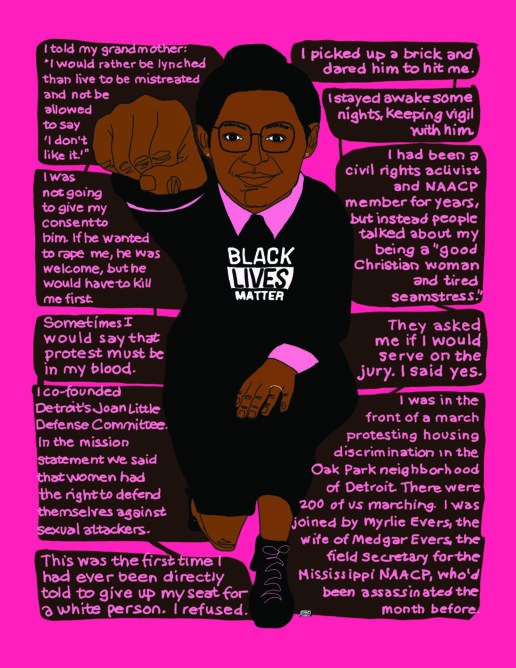
My wife Linda and I began our COVID-19 shelter-in-place pretty early in the pandemic. I went to my last in-person meeting on Wednesday, March 11. The next day, we canceled […]
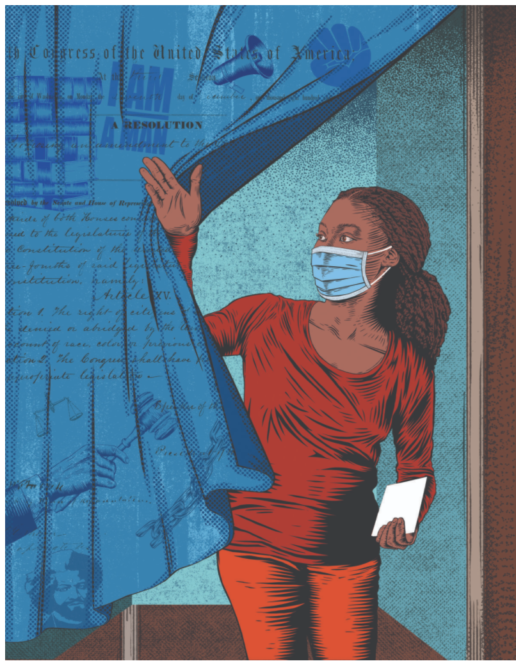
Let’s bring the election of 2020 into our classrooms and help our students learn about democracy — and those who would subvert it.
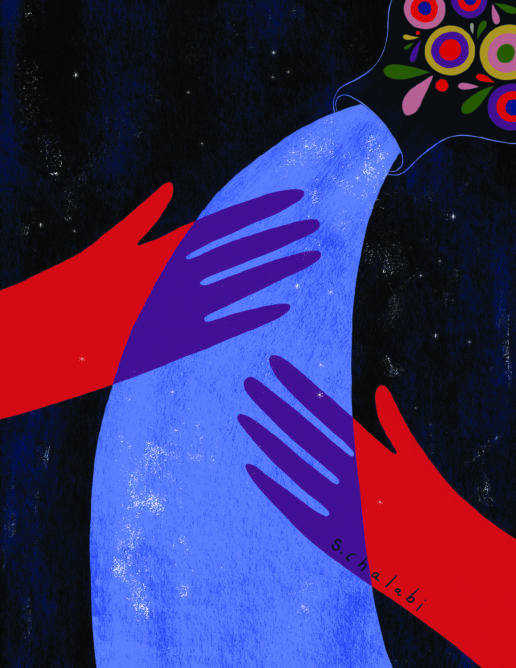
I hadn’t ever planned to teach online, but the Saturday before our college campus closed because of the coronavirus pandemic, I decided to cancel our face-to-face class because one of the […]
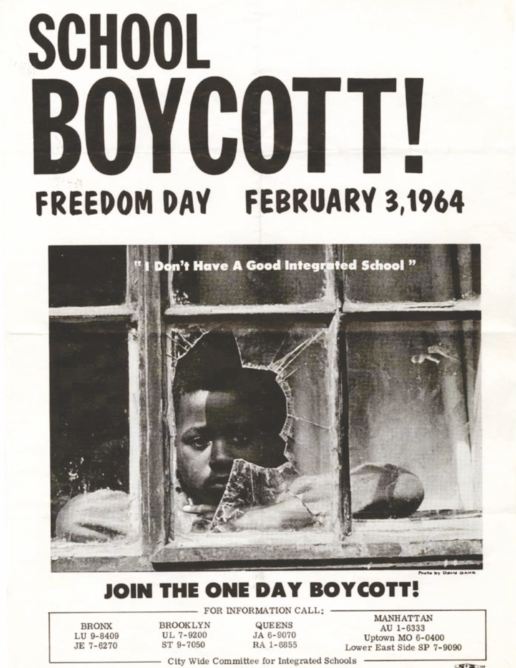
The largest civil rights protest wasn’t in the South, it was in New York City in 1964 when hundreds of thousands of students stayed home to protest school segregation. Here’s how today’s students reacted to a lesson about this historic boycott.
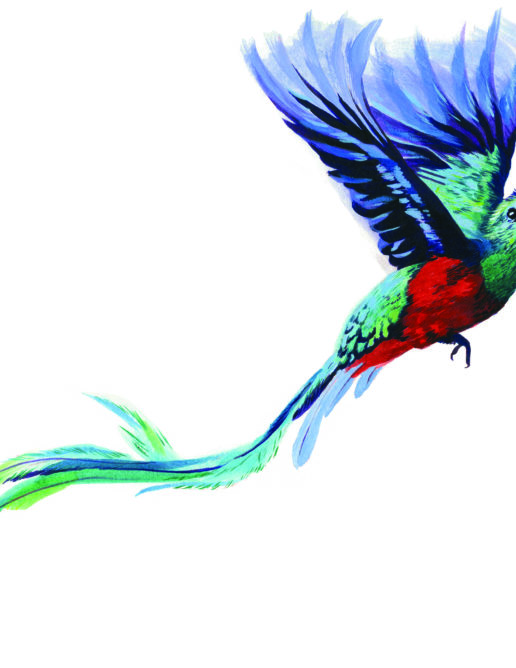
An elementary school teacher developed the Quetzal Conundrum game to help students understand the impact of global warming in Costa Rica.
A special education teacher uses poetry to help her middle school students write their own narratives and celebrate themselves.
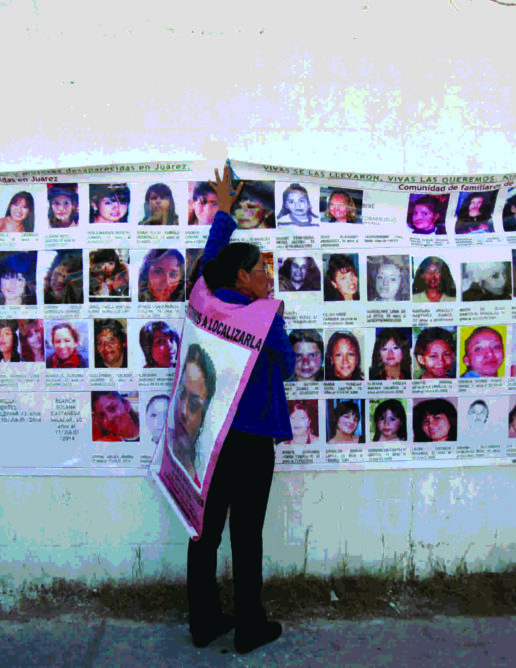
Since 1993, the Mexican border city of Ciudad Juárez has been shaken by disappearances of teenage girls and young women. Officials say they have few leads. The murders in Juárez have received some international attention, primarily due to government inaction. Yet little has been done by the government to prevent violence against women and girls, as officials neglect to bring their perpetrators to justice.
Residents do not let these deaths go unnoticed as hundreds of pink crosses — a symbol of these missing women — dot the border. An increase in these deaths coincided with the implementation of the North American Free Trade Agreement (NAFTA). A treaty between Mexico, the United States, and Canada, NAFTA sought to increase investment opportunities by eliminating tariffs and, like many other economic agreements, benefited the economic elites of the three countries while resulting in widespread unemployment, increased class stratification, and mass emigration. Most of the “disappeared” women work in assembly plants or maquiladoras, owned by the United States and transnational corporations that dashed to northern Mexico post-NAFTA to reap the benefits of lower wages and lax environmental regulation.
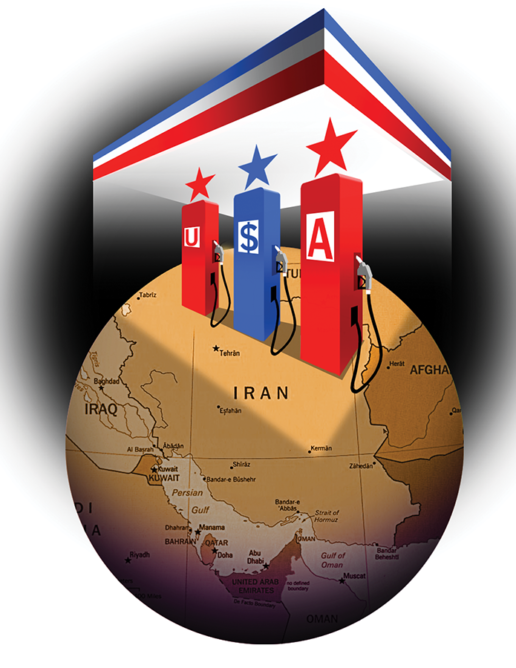
A high school teacher critiques the textbook treatment of the Cold War and U.S. imperialism. She describes her approach to the “curricular conundrum” that the Cold War presents because it lasted so long, and was so far-flung. “”If we are ever to create a different world, one in which the United States does not cast an outsized and militarized shadow across the globe, we need our students to understand how and why that shadow was created in the first place.”
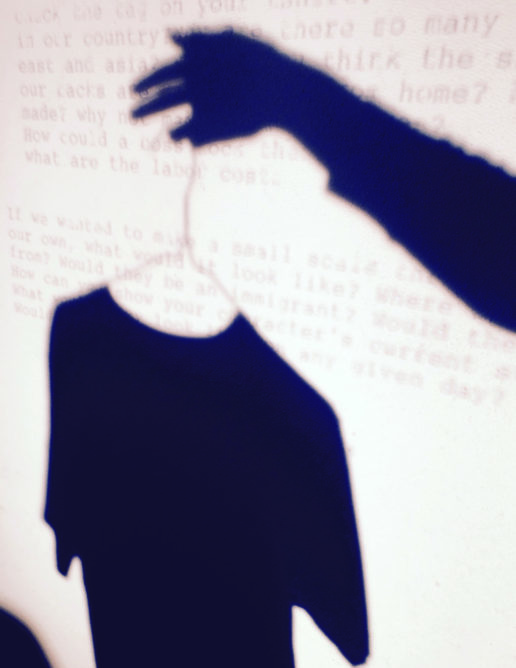
An elementary school teacher uses his students’ T-shirts to launch a lesson about child labor, basic economics, factories, unions, and strikes. “When I was a child, I remember ‘playing pretend’ with my cousins. We could be anyone we imagined, and in that moment, we were those people. Why not use that energy and imagination as a resource? When we use our imagination to walk in another’s shoes, that’s where real learning begins.”
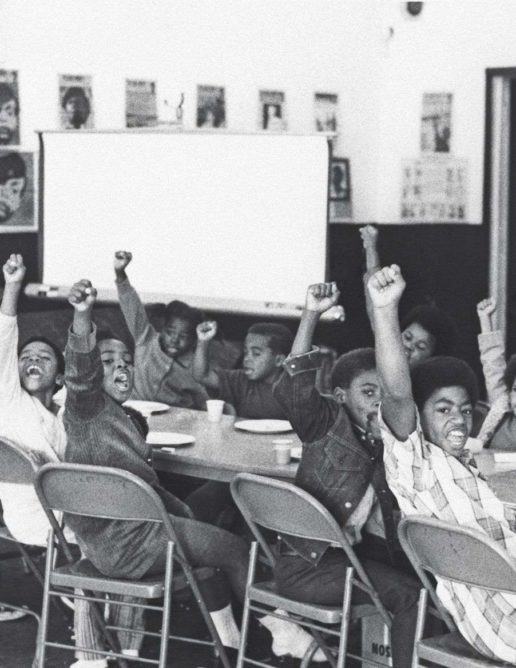
The history of the Black Panther Party holds vital lessons for today’s movement for Black lives and all movements to confront racism, inequality, and police violence. But our textbooks distort the significance of the Panthers — or exclude them completely.

A science teacher includes Black voices and Black history in her classroom by building curriculum around The Immortal Life of Henrietta Lacks. In doing so, she shows how nonfiction books should not be relegated to language arts but can be effective in a science classroom.
A teacher adapts the “Climate Change Mixer” designed for older students as a springboard for a unit on global warming and climate justice.
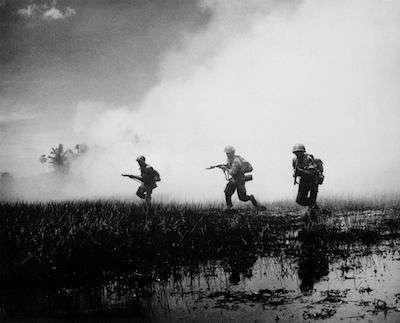
A teacher uses poetry and the creation of found poems as a way to get her students to think beyond the simple “two sides to every story” narrative of the Vietnam War.
Students analyze cartoons from Popeye to Brave to see how media teaches children white- and male-supremacist ideas.
A science teacher in Washington, D.C., overcomes her students’ fear of nature by turning them into avid birdwatchers.
A high school social studies teacher centers Standing Rock Sioux history and leadership in a unit on resistance to DAPL.
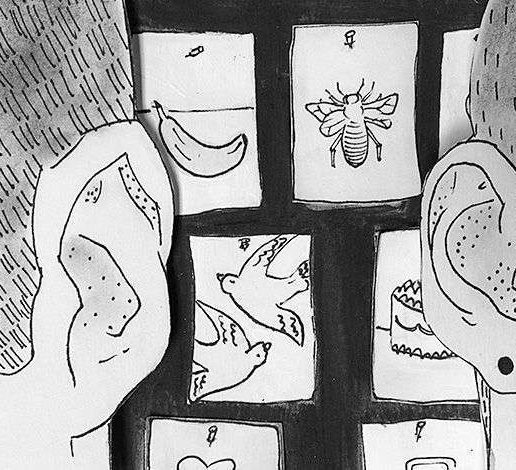
A 9th-grade teacher lays groundwork for sex education that is sex-positive and inclusive.